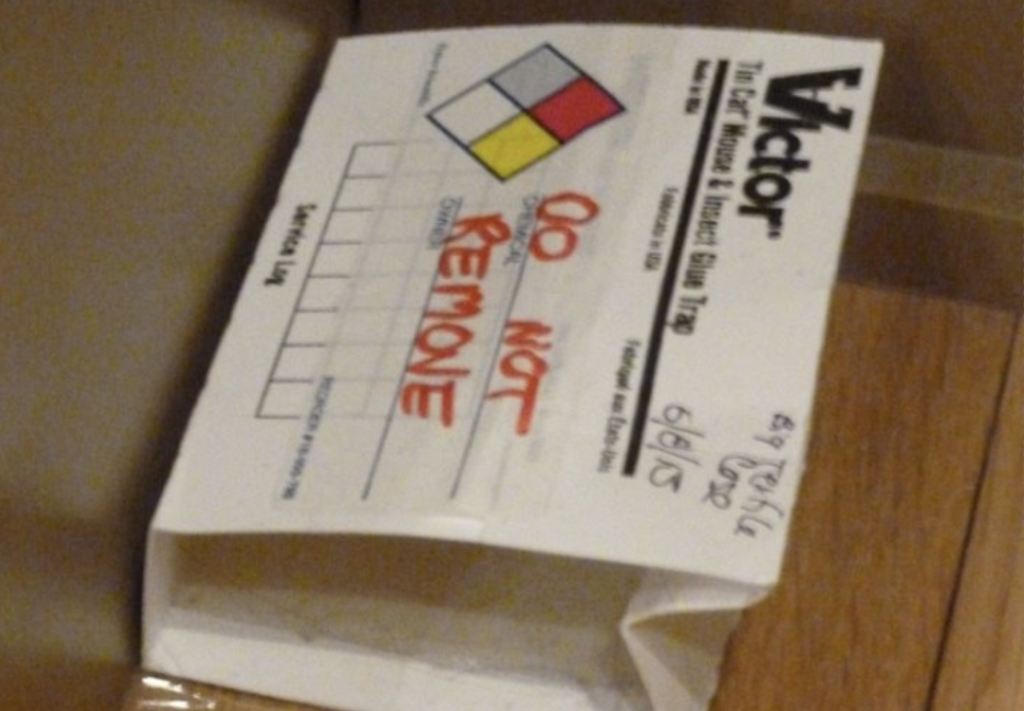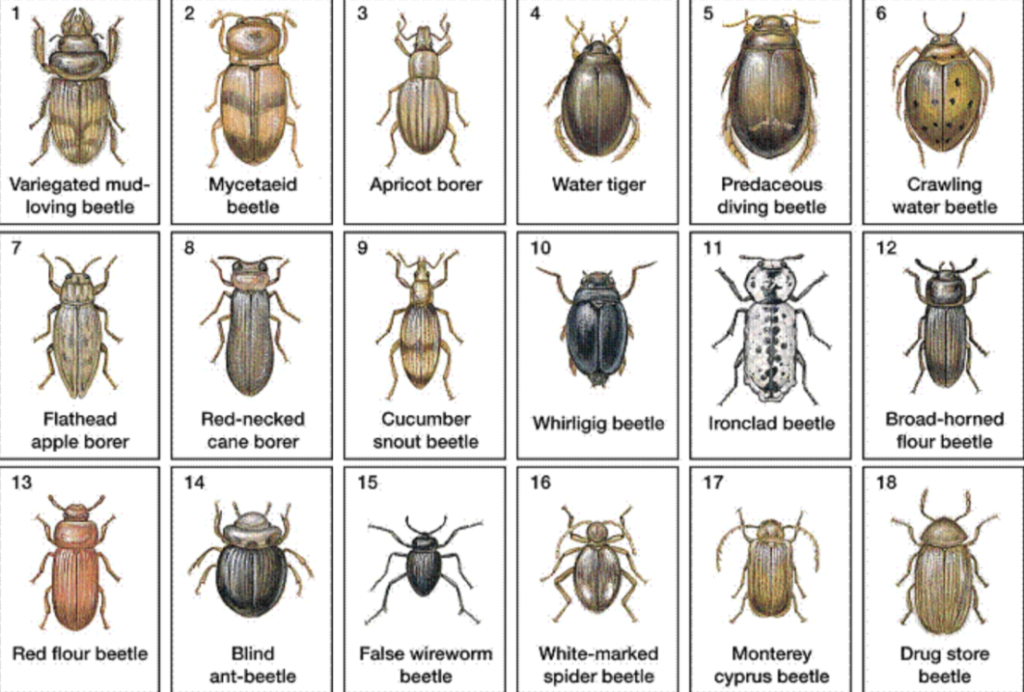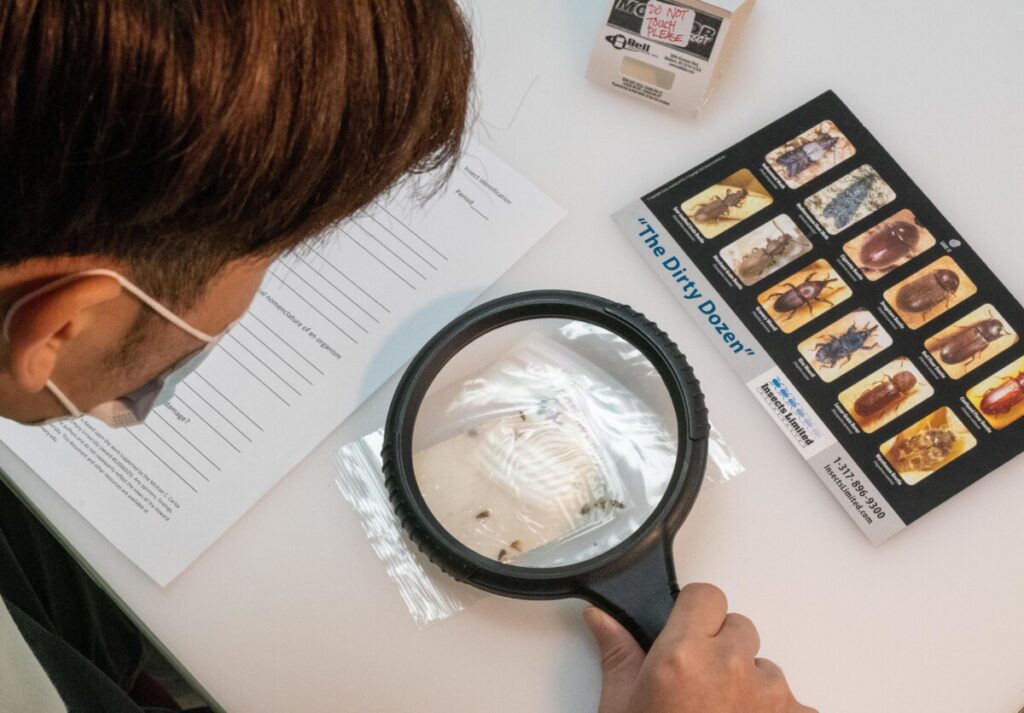
Insects are common culprits of damage in museum collections. Many species feed on specific materials found in museums such as paper, textiles, or wood. Other insects are attracted by debris or food that may be brought into museum buildings. In addition to consuming the objects, insects leave stains, webs, or shed casings on objects and in casework. A pest problem can be indentified by examining the type of damage caused or by catching and directly observing the insects. Insect traps are placed throughout museums and are regularly inspected as part of preventative maintenance procedures. Conservators and collections managers must identify the insects in order to determine risks and choose methods for extermination. In this lab, students will construct and use a dichotomous key as a classification tool. Students will also examine insects under magnification.
Objectives:
To create and use a dichotomous key from visual observations
Classify insects based on external features
Define binomial nomenclature
Identify characteristics common to all insects
Georgia Performance Standards:
S7L1. Students will investigate the diversity of living organisms and how they can be compared scientifically.
a. Demonstrate the process for the development of a dichotomous key.
b. Classify organisms based on physical characteristics using a dichotomous key of the six kingdom system (archaebacteria, eubacteria, protists, fungi, plants, and animals).
SEN2. Students will investigate the reasons for insect success.
a. Investigate the insect body plan and compare and contrast to other arthropods (e.g., Arachnida, Crustacea).
b. Explain advantages of different insect life cycles (e.g., complete vs. incomplete).
c. Use morphological characteristics (e.g., wing structure) to recognize major insect orders.
d. Compare and contrast how insect structure and function are integrated and reflect evolved adaptations to different environments.
SB3. Students will derive the relationship between single-celled and multi-celled organisms and the increasing complexity of systems.
b. Compare how structures and function vary between the six kingdoms eubacteria, protists, fungi, plants, and animals).
c. Examine the evolutionary basis of modern classification systems.



